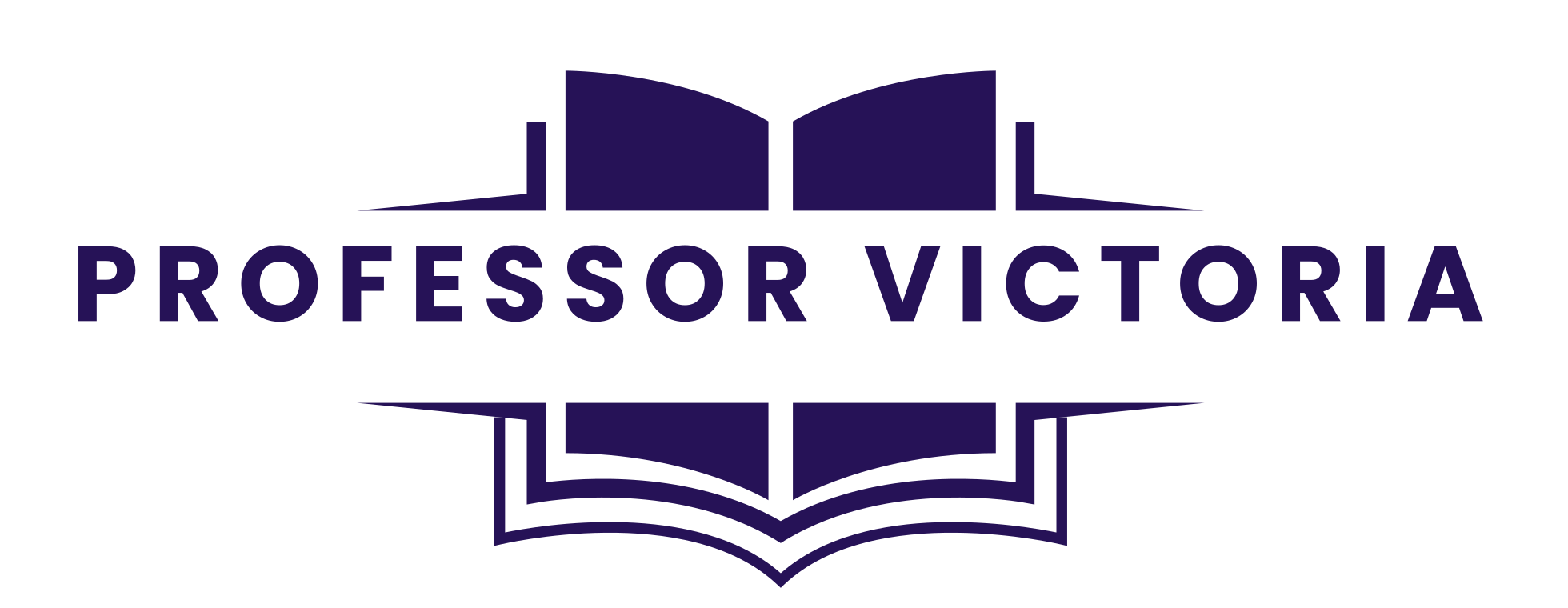The purpose of summarizing is to give the reader an overview of the source article, report, or chapter. When you summarize information, you find the most important ideas in the original document and rephrase them in your own words. You shorten (or condense) the most important idea or ideas in the source material and express your understanding of them in your own words.
Think about how you might explain an episode of one of your favourite television shows to a friend. You only include the high-level information without the specific details of every scene.
 Why learn to summarize?
Why learn to summarize?
Summaries are often used in academic writing, research, or when reviewing sources in a literature review. Learning how to effectively summarize will also help you avoid plagiarism.
In the workplace, summarizing is especially important for anyone in a profession that requires frequent report writing such as healthcare, social work, and law enforcement.
How to get started:
- First, read through the piece carefully. At this point, don’t take any notes, just read for comprehension.
- Make note of any words you don’t understand and look them up in a dictionary. Then reread the article to ensure understanding.
- In point form, and in your own words, create a bare-bones outline of the piece. If you understand the article well enough, you should be able to do this without looking at it.
- The summary should start with the title of the article and the author’s name. For example: In the article “Why Sleep Matters,” Dr. Lisa Chen argues that lack of sleep negatively affects both mental and physical health. Stating the name of the article and the author helps to identify the original document without having to include in-text citations or references.
- Your outline should consist of the thesis of the article and the main ideas, in the order in which they appear.
- Do not include any supporting details (statistics, specific facts, examples, etc.).
- Use author tags as you write. For example, include phrases like “Smith believes,” “Smith finds that,” and “Smith expresses disbelief about.” Example: “Smith argues that climate change is primarily caused by industrial pollution.”
- Avoid direct quotations. Remember, you must write the summary in your own words.
- The summary should not include your own analysis or opinion of the original article. If you do decide to analyze the article’s findings, do so in another part of your essay.
- The completed summary should be no more than 8 to 10 sentences. By mastering the art of summarizing, you’ll enhance your ability to communicate complex information clearly and effectively. NOTE: This structure is ideal for single-source summaries in response writing, research preparation, or short papers, but may differ in more formal citation-heavy writing.
Sample Summary (original text available here)
In the article “A single pill may be the key to overcoming many paralyzing fears,” Mari Ramsawakh explores a groundbreaking method developed by Dutch psychologist Dr. Merel Kindt that may cure phobias in a single session. Kindt’s Memrec Method involves exposing patients to their fear, then administering the beta-blocker propranolol, which appears to disrupt the brain’s process of re-saving fear memories. This method is based on research suggesting that memories are malleable and can be altered while in a destabilized state. Kindt’s clinic reports that 80 percent of patients experienced long-term relief after one treatment, including Canadian journalist Eva Holland, who overcame her fear of heights. While not all types of fear can be treated this way, the technique shows promise for addressing specific phobias. The method is still being studied and should only be done under professional supervision, but it offers hope to many who struggle with debilitating fears.
